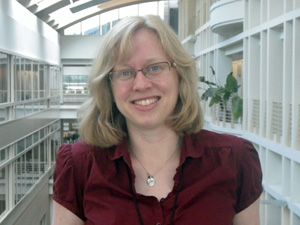Emerging research on real-time air pollution sensing with the United States Environmental Protection Agency (USEPA), Office of Research and Development (ORD)Wednesday, September 5, 2012207 Hudson Hall - 1:00 p.m.
Speakers: EPA liaisons: Gayle Hagler, PhD and Eben Thoma, PhD US EPA, National Risk Management Research Laboratory, Air Pollution Prevention and Control Division, Research Triangle Park, NC
Abstract: The USEPA/ORD has a broad air pollution research program that includes a large number of internal and external investigators to characterize pollutant emissions from a wide array of sources, study post-emission transport and transformation in the atmosphere, and evaluate the linkages between air pollution and adverse impacts to human health and welfare. In order to understand these complex and dynamic processes, air pollution measurements and data utilization have moved along multiple development trajectories. Example developments include: 1) geospatial measurement of air pollution - the use of instrumented mobile platforms to estimate emissions from challenging source types (e.g., oil and gas wells) or characterize the spatial variability of air quality indicators in areas located nearby sources (e.g., near-rail yard or near-highway), 2) balloon-borne sampling to study emissions plumes in challenging environments (e.g., burning of BP oil spill), and 3) coupling high time resolution data from air pollution sensors and inverse modeling approaches to pinpoint emission locations and characterize their contributions in complex urban environments. These and additional research areas to be discussed may be fruitful areas for collaboration with WISeNet program participants. |
| Attachment | Size |
|---|---|
| 298.59 KB |

